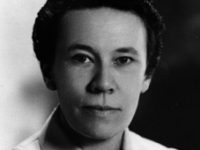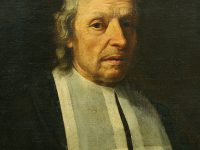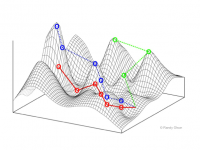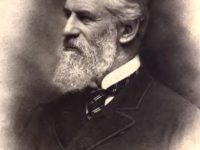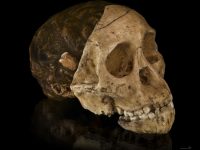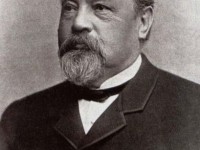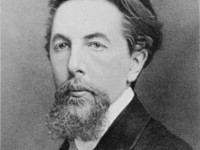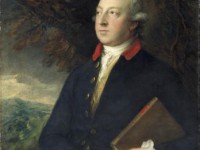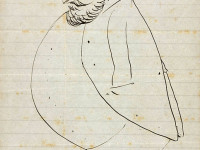Katherine Esau and the Anatomy of Plants
On April 3, 1898, German-American botanist Katherine Esau was born. Esau did groundbreaking work in the structure and workings of plants. She is best known for her research into the effects of viruses upon plant tissues, and her studies of plant tissue structures and physiology. “I found ways of maintaining spiritual independence while adjusting myself to established policies. . . . I have never felt that my career was being affected by the…
Read more

